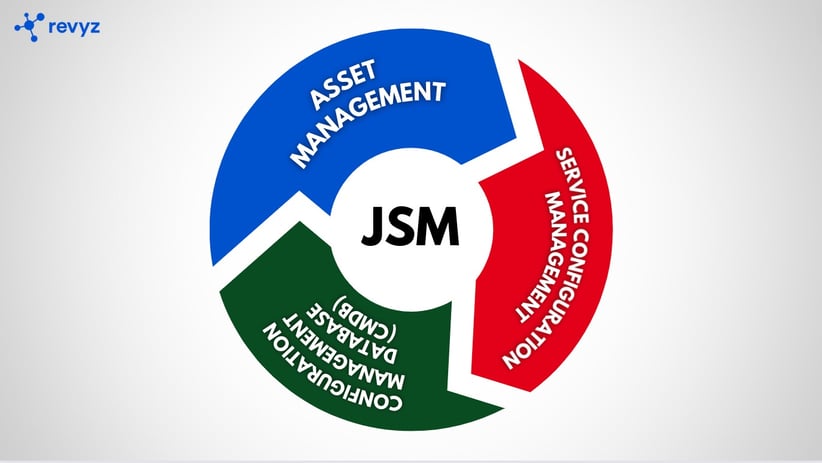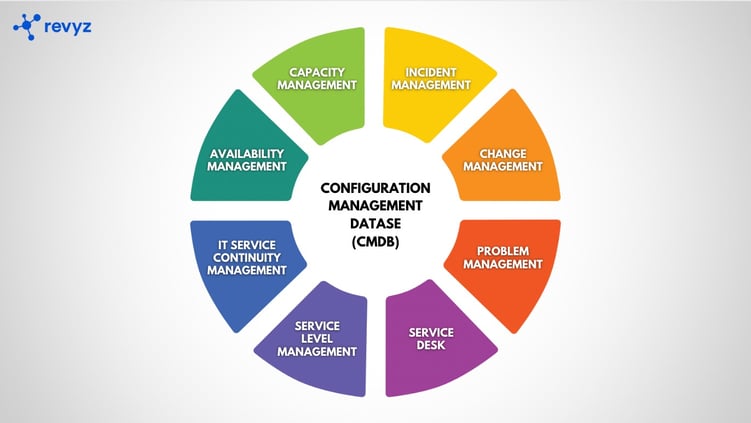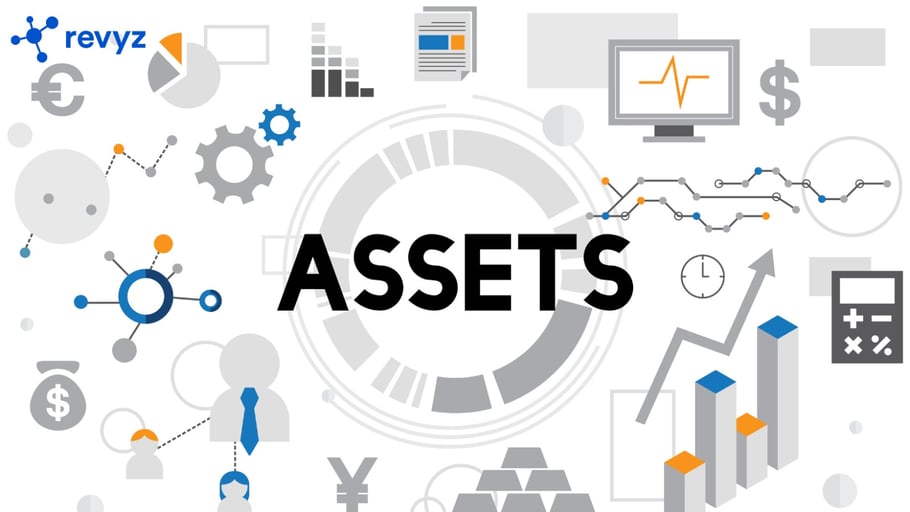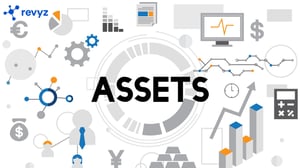
Courtesy - DALL-E 2
To understand what Jira Service Management (JSM) Assets is, I will define three terms / concepts and then link those three together, which will give the full picture of what JSM Assets is.
The three concepts are:
- Asset management
- Service Configuration Management
- Configuration Management Database (CMDB)
Asset management
Asset management is the process of managing an organization's assets in order to maximize their value and minimize their risk. Assets can include tangible assets such as property, plant and equipment (PP&E), vehicles, and inventory, as well as intangible assets such as intellectual property, brand value, software etc.
The goal of asset management is to ensure that assets are being used efficiently and effectively, and that they are providing value to the organization. This includes:
- Procurement / Acquisition management: Managing the purchase of new assets, including negotiating contracts and licenses, and ensuring compliance with legal and regulatory requirements.
- Asset tracking: Keeping track of all assets and their locations, as well as their condition, value, and depreciation.
- Asset maintenance: Ensuring that assets are well-maintained and repaired when necessary, to minimize downtime and maximize their lifespan.
- Asset disposal: Planning for the end of an asset's lifecycle, including proper disposal or recycling, and ensuring that sensitive data is securely erased.
- Risk management: Identifying and mitigating risks associated with assets, including damage, loss, theft, and obsolescence.
Effective asset management can bring a number of benefits to an organization, including cost savings through better utilization and optimization of assets, improved security, compliance and risk management, and better decision-making through improved visibility and analytics. It is a critical component of overall business strategy and financial management.
Service Configuration Management
Service configuration management is the process of managing and maintaining the configuration of an Asset or System. As an example, in the Information Technology (IT) domain, configuration includes all of the components that make up the service or system, including hardware, software, documentation, and processes.
The goal of service configuration management is to ensure that the service or system is delivered consistently, reliably, and according to the requirements and expectations of the users. This includes:
- Configuration identification: Identifying and documenting all of the components that make up the service or system, and defining their relationships and dependencies.
- Configuration control: Managing changes to the configuration of the service or system, including reviewing and approving changes, and ensuring that changes are properly tested and documented.
- Configuration status accounting: Keeping track of the current state of the configuration, including changes that have been made, and any known issues or defects.
- Configuration verification and audit: Conducting regular audits and checks to verify that the configuration is accurate and up-to-date, and to ensure that it is consistent with the requirements and expectations of the users.
Effective service configuration management can bring a number of benefits to an organization, including improved service quality, increased efficiency and productivity, and better control and visibility over the assets owned by a business. It can also help to ensure compliance with regulatory and industry standards.
Configuration Management Database (CMDB)

A Configuration Management Database (CMDB) is a central repository of information that contains details of all the components within an organization's inventory of assets and their relationships to one another.
The CMDB is a core component of Service Management and plays a critical role in the implementation of an Asset Library.
A CMDB typically includes information on assets of an organization, in the context of IT, this would include hardware, software, network devices, and other components of an organization's IT infrastructure. It also includes relationships and dependencies between components, as well as information on the configuration of those components.
The CMDB is used to support a number of Service Management processes, such as change management, incident management, and problem management. It enables responsible teams to track and manage changes to the Assets, identify and diagnose incidents and problems, and perform impact analysis when changes are made.
Effective CMDB implementation can bring a number of benefits to an organization, including improved visibility and control over its Assets, better management of changes and incidents, and improved alignment with business goals and objectives.
JSM Assets

Now that we understand more about Asset Management, Service Configuration Management and Configuration Management Database, now we can link these three concepts into an actionable piece of software called Jira Service Management Assets - Assets is Jira Service Management’s native asset and configuration management tool. It gives teams a flexible and dynamic way to track all kinds of assets and configuration items (CIs), enabling teams to easily link them to service requests, incidents, problems, changes, and workloads.
Assets is included in Jira Service Management Premium, Enterprise, and Data Center plans, allowing you to build your asset repository or configuration management (CMDB) within Jira Service Management (Assets was formerly known as Insight).
JSM Assets enables many different use cases, here is an example of what is possible - An employee runs into an issue with the laptop that has been issued to him / her. The employee opens a service ticket within JSM which allows the employee to easily select the right asset that is the cause of the request. Service agents will receive all the necessary context to resolve the request, such as purchase date and previous issues linked to that asset. The more context agents receive, the faster they can resolve customer issues and make it be more cost effective and aligned to the business goals.
Protecting JSM Asset Data
The JSM Asset CMDB contains critical information of the business and thus it is critical for anyone using this capability to protect their JSM Asset CMDB. Revyz has built an easy to use solution which enables the user to now backup their JSM Asset CMDB as part of the Jira Backup & Restore solution. There are many reasons why you would need to backup your data while you are using a SaaS offering such as Atlassian’s JSM. A good starting point would be to reference the following articles from Atlassian:
- Atlassian's Cloud Security Shared Responsibilities Model, the admin is responsible for your data, which is true across most SaaS applications such as O365, SFDC etc..
- Here is another article on the data protection practices of Atlassian. Atlassian has very robust processes in place to manages any data loss scenarios due to Atlassian infrastructure (hardware or software), they are able to recover any data lost, but that does not address if the customer had a data loss incident due to accidents or malicious deletion of data, which is where the Atlassian's Cloud Security Shared Responsibilities Model plays a role and clearly delineates who is responsible for what.
Here are the options you have:
- Do nothing - You are accepting the risk to potential data loss
- Have a data protection strategy by way backing up your data and storing it securely:
- Use Atlassian provided mechanisms to backup your data
- Use third party tools backup & restore your data
Next week we will delve more into how Revyz's Jira Backup & Restore app helps customers backup their JSM Asset data.


